In an equal society, men and women would be drawn to various careers in roughly similar numbers. The fact that there are still so few women in the Science, Technology, Engineering, and Mathematics (STEM) fields shows that something is crooked in the recruitment and retention of students and staff. Danielle Martine Farrugia writes.
As a young girl, I was always curious to understand the world around me, constantly asking questions and conducting mini-experiments. The world was my oyster — nothing was off limits. A pivotal moment was when the 12-year-old me chose to profile the accomplished scientist Marie Sklodowska Curie for a school project. A physicist, chemist, wife, mother, and the only person to receive two Nobel prizes — in Physics and in Chemistry — she is the best-known female researcher who jumped through hoops to be given the same opportunities as male colleagues.
I began to understand the trepidation she overcame to further her education. I saw how she surpassed obstacles in a male-dominated environment. At this point in my life I was not aware of what women had to endure to move forward and conduct scientific research. However, by reading up on and speaking to female researchers and scientists, I realised that reality was far from balanced. Running Malta Cafè Scientifique, our team committed to finding at least one female speaker each year, but even that was difficult, as women are not that visible in research. The experience motivated me to have a panel discussion on the gender gap in STEM at a Malta Cafè Scientifique event.
The European Commission defines the gender gap as a disparity between men and women in any social, political, or cultural area, which results from different participation levels, access, rights, and remuneration. Studies cited by The Conversation revealed that journal editors are less likely to commission work from female scientists. When applying for postdoctoral fellowships, women received ‘lower competence ratings than men who had less than half their publication impact’. In the words of Malala Yousafzai, the Pakistani activist for female education and the youngest Nobel Prize laureate, ‘We cannot all succeed when half of us are held back.’
Our team committed to finding at least one female speaker each year, but even that was difficult, as women are not that visible in research.
There are no grounds for different participation levels in STEM. In Malta, girls score significantly higher than boys in science, according to the international PISA (Programme for International Student Assessment) survey of 15-year-olds, measuring their skills in reading, science, and mathematics. Despite women’s good exam results, four out of five graduates in computing and engineering are male across the EU (as of 2012). This trend is consistent worldwide, especially at the University of Malta (UM), where student undergrad statistics from 2018/2019 show that STEM graduates are overwhelmingly male-dominated (engineering — 85% and ICT — 86%), except for health sciences (76% female), dental surgery (64% female), and medicine and surgery (60% female).
‘Research shows this has a lot to do with social belonging and the belief in one’s [chances to] succeed. This means that in order to attract more girls to study STEM subjects and enter STEM careers, we need to address the stereotypes they are exposed to, and we need to do this as early as possible,’ says Irene Mangion, Programme Developer at Esplora Interactive Science Centre. UM psychology graduate Gillianne Saliba explored this gap in Malta in her undergraduate study, ‘Women in STEM: A qualitative study on women’s experiences’. She found that female undergraduates pursued STEM courses when they were exposed to STEM subjects early on and when they found a structure to support them.
Building on these principles, the Ministry of Education initiated Teeny Tiny Science Café and the National Science STEM expo at Esplora, engaging Malta’s main higher education institutions. ‘Engaging women in STEM outside of the formal academic structure is essentially democratising women’s voices within the community,’ believes Simone Cutajar, chairperson of GreenHouse, a local citizen science NGO. Through such experiences, citizens are given the opportunity to see whether they would like to pursue science as a career.
Defining career moments should not depend on individual luck.
Supportive mentors and role models, male or female, are crucial. Dr Claudia Borg from the Faculty of ICT (UM) considers herself lucky to have found men who believed in her capabilities and supported her in the advancement of her studies and career. But defining career moments should not depend on individual luck. To structure the access to mentors, the ‘Women in Science — Bridging the Gap’ project is building a mentorship structure to offer female role models to students.
‘From an early age, our education system informs our upcoming generations about male scientists,’ the project’s manager Karen Fiorini believes. ‘Their achievements are hailed as admirable, life changing events, which is great. Unfortunately, however, the failure to mention female scientists’ accomplishments is stripping children of female role models.’ Run by the Malta Chamber of Scientists and funded by the Voluntary Organisations Project Scheme of the MaltaCVS, a national council of nonprofits, this scheme will reach out to children aged 6–11, sixth formers, and adults. Using interactive performances and interesting activities, the project’s team will bring Maltese female researchers and their work to the fore.
In the words of Malala Yousafzai, the Pakistani activist for female education and the youngest Nobel Prize laureate, ‘We cannot all succeed when half of us are held back.’
So far we have covered recruitment and mentoring. But why do established, competent women leave STEM careers in droves? We need more Malta-focused research to understand this complex issue. By awarding the Equality Mark to organisations that prioritise gender equality, the National Commission for the Promotion of Equality is encouraging tech companies to create a safe space for both genders to work harmoniously side by side. Tech professionals are rising to the challenge. Vanessa Vella, a Senior Software Engineer working as a full-stack web developer at CS Technologies, co-founded and co-chaired an NGO called MissInTech to introduce more women to technology.
All these local changemakers are working hard to reform recruitment, career development, and staff retention. Is that enough? We invited some of them to discuss this at the Malta Café Scientifique event ‘Women in STEM,’ supported by Pro-Rector for Student & Staff Affairs and Outreach Prof. Carmen Sammut. Inspired by my younger self and that simple school project, the Malta Café Scientifique team is drafting a set of recommendations for institutions following the panel discussion. STEM fields cannot afford to continue bleeding talented women.
Further reading:
Fine, I. and Shen, A. ‘Perish not publish? New study quantifies the lack of female authors in scientific journals.’ The Conversation, 8 March 2018.

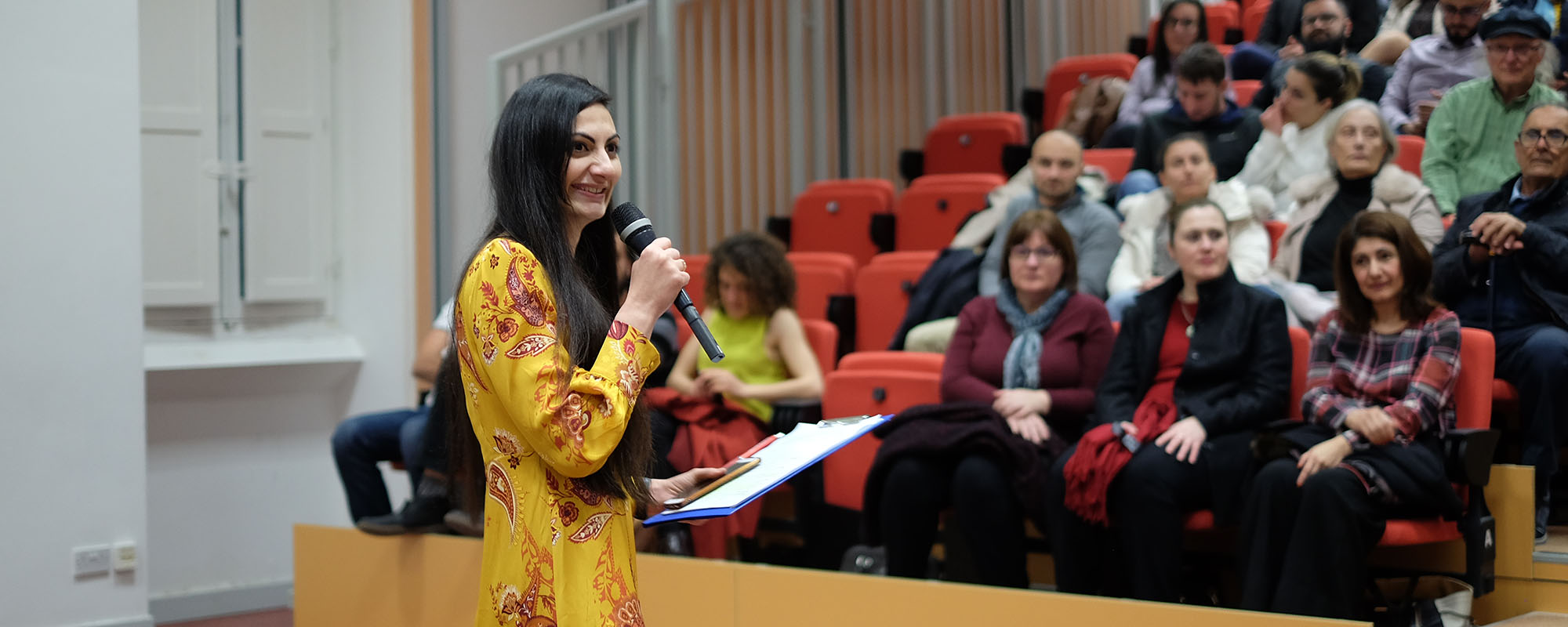



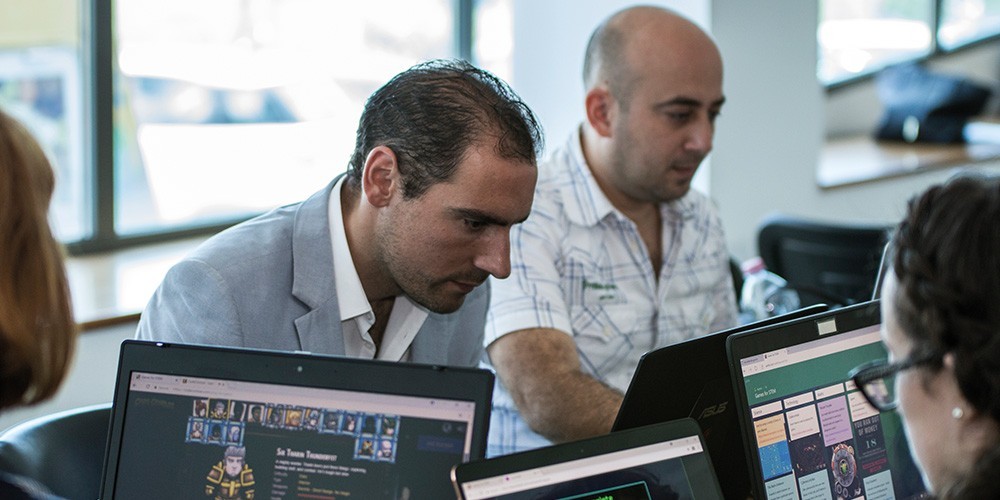
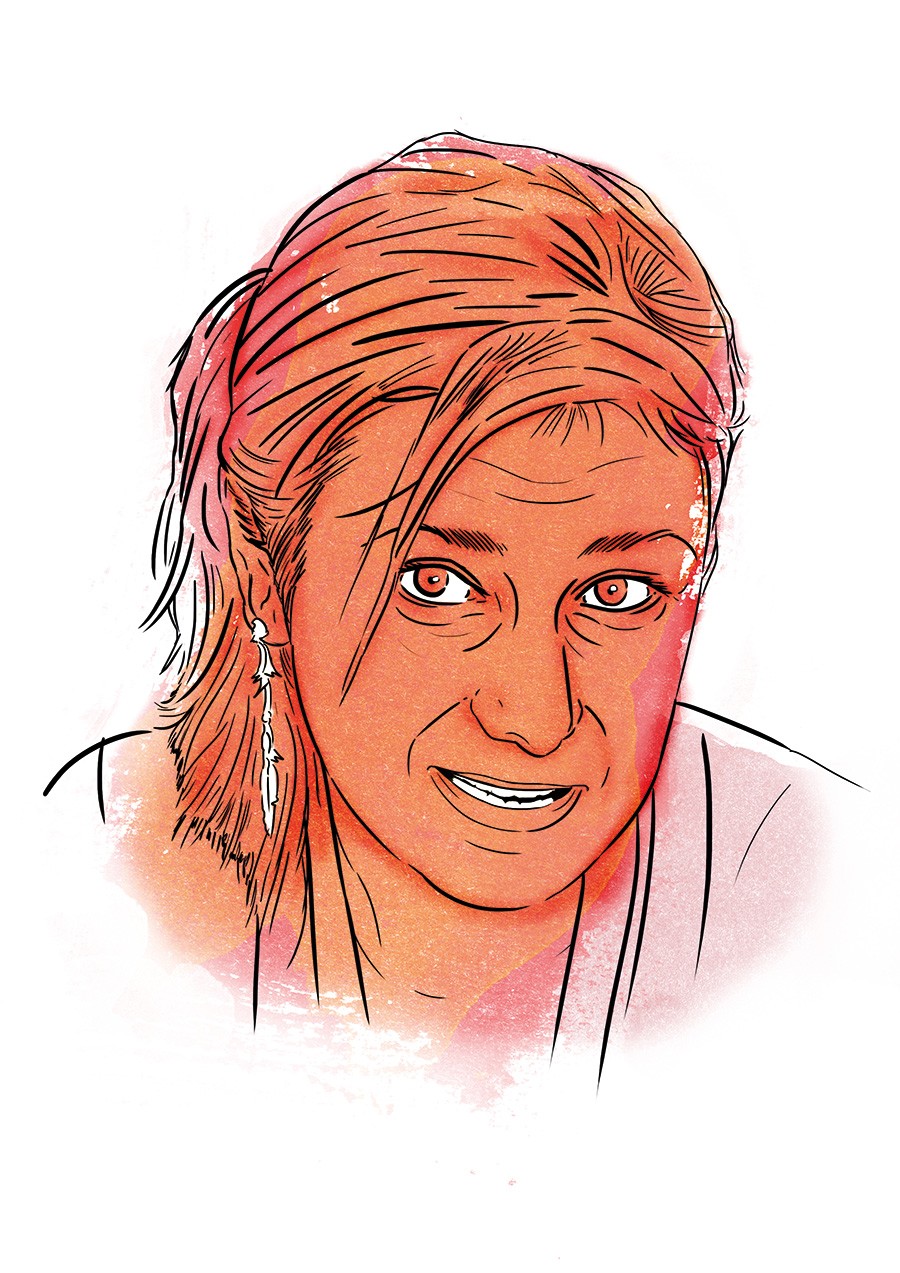
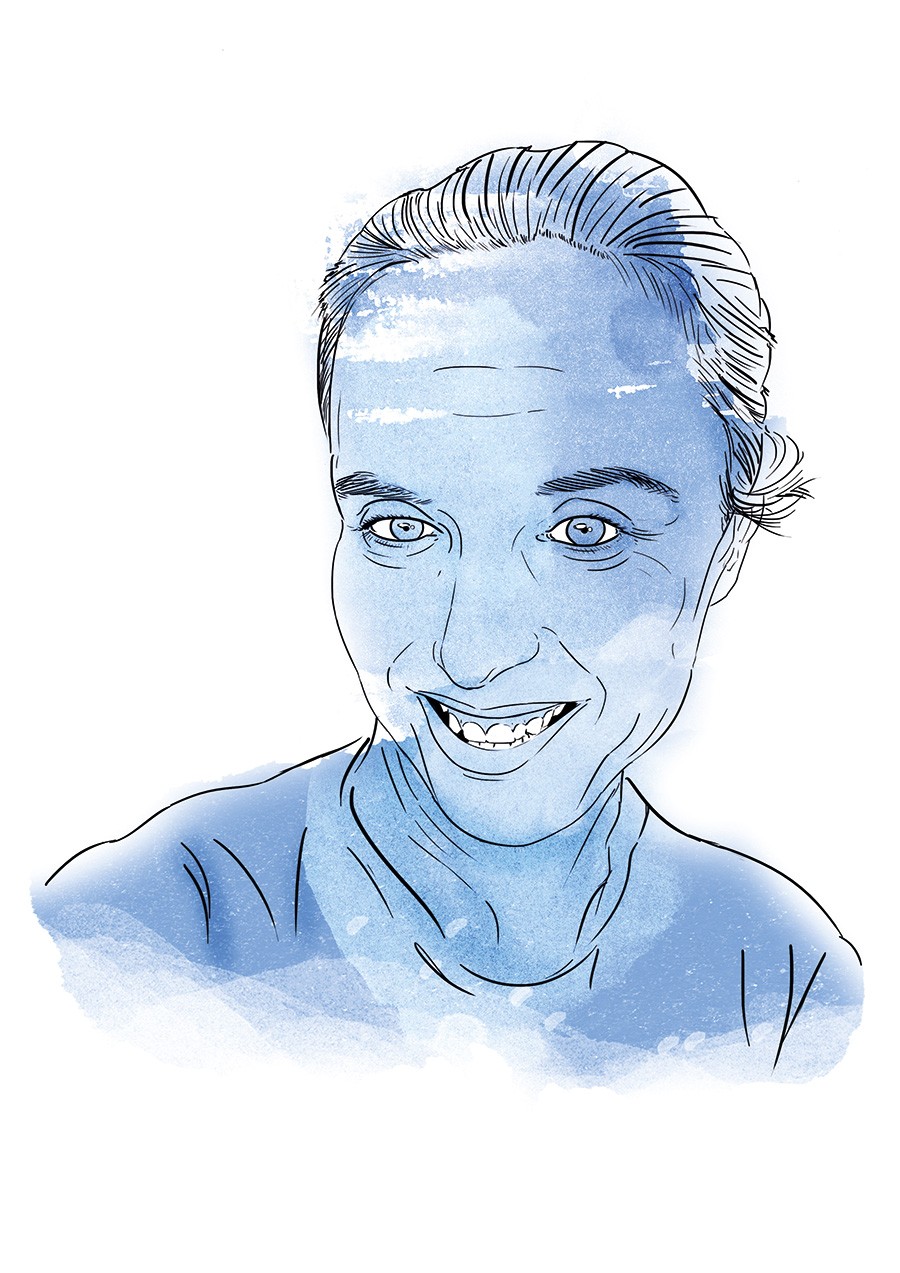
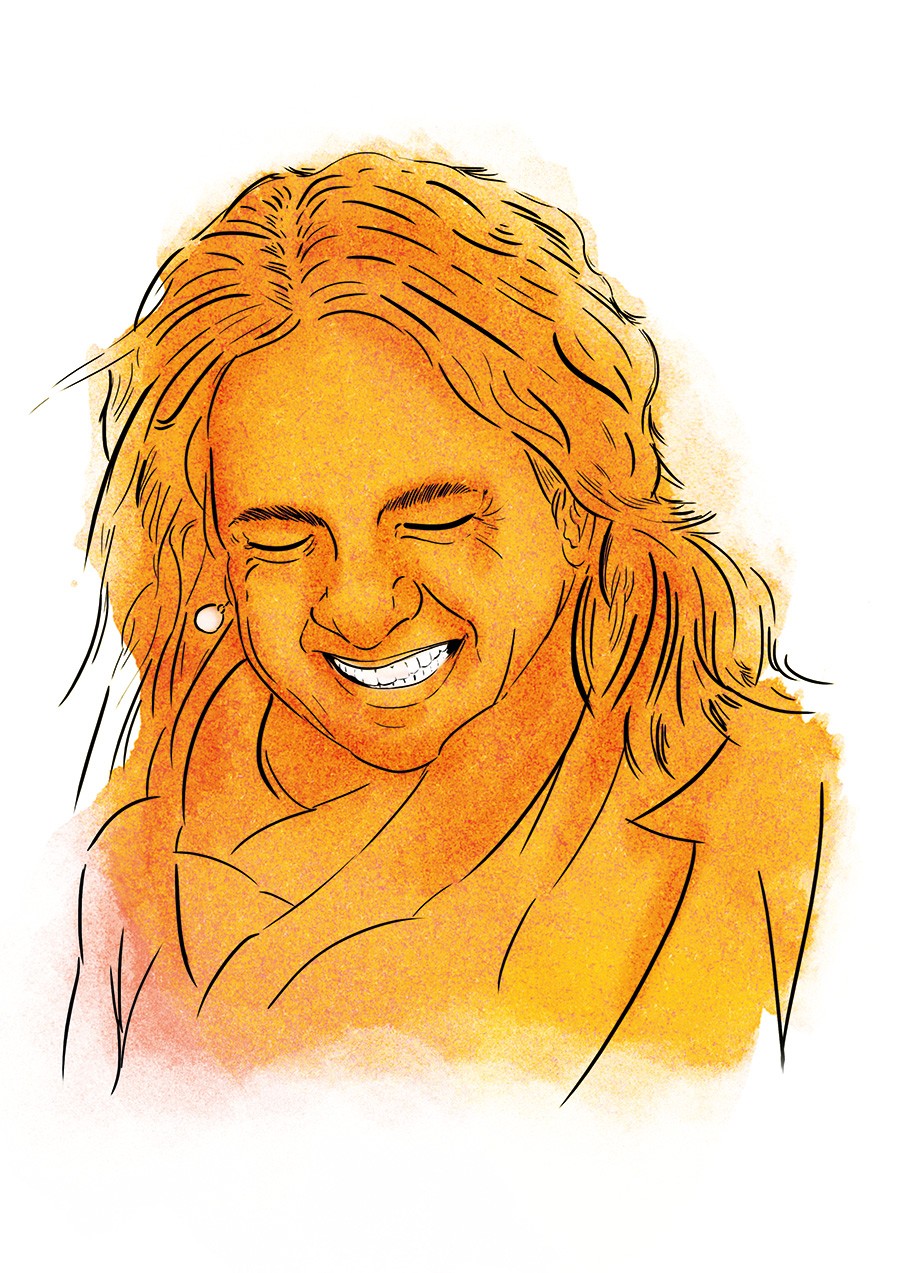


 We need to bring fresh talent into STEM by showing how exciting, accessible, and relevant the field actually is. The solution, UM Rector Prof.
We need to bring fresh talent into STEM by showing how exciting, accessible, and relevant the field actually is. The solution, UM Rector Prof.